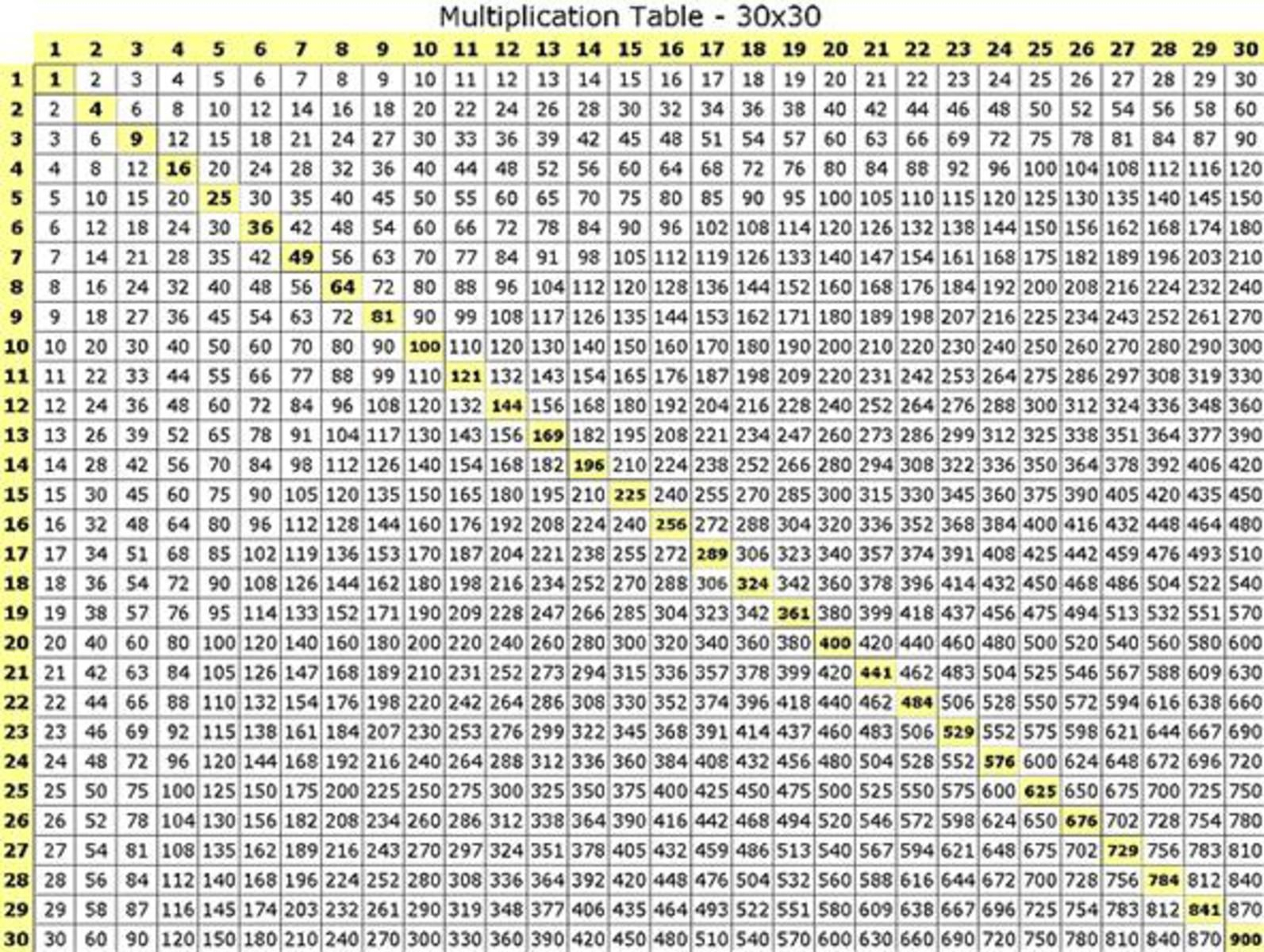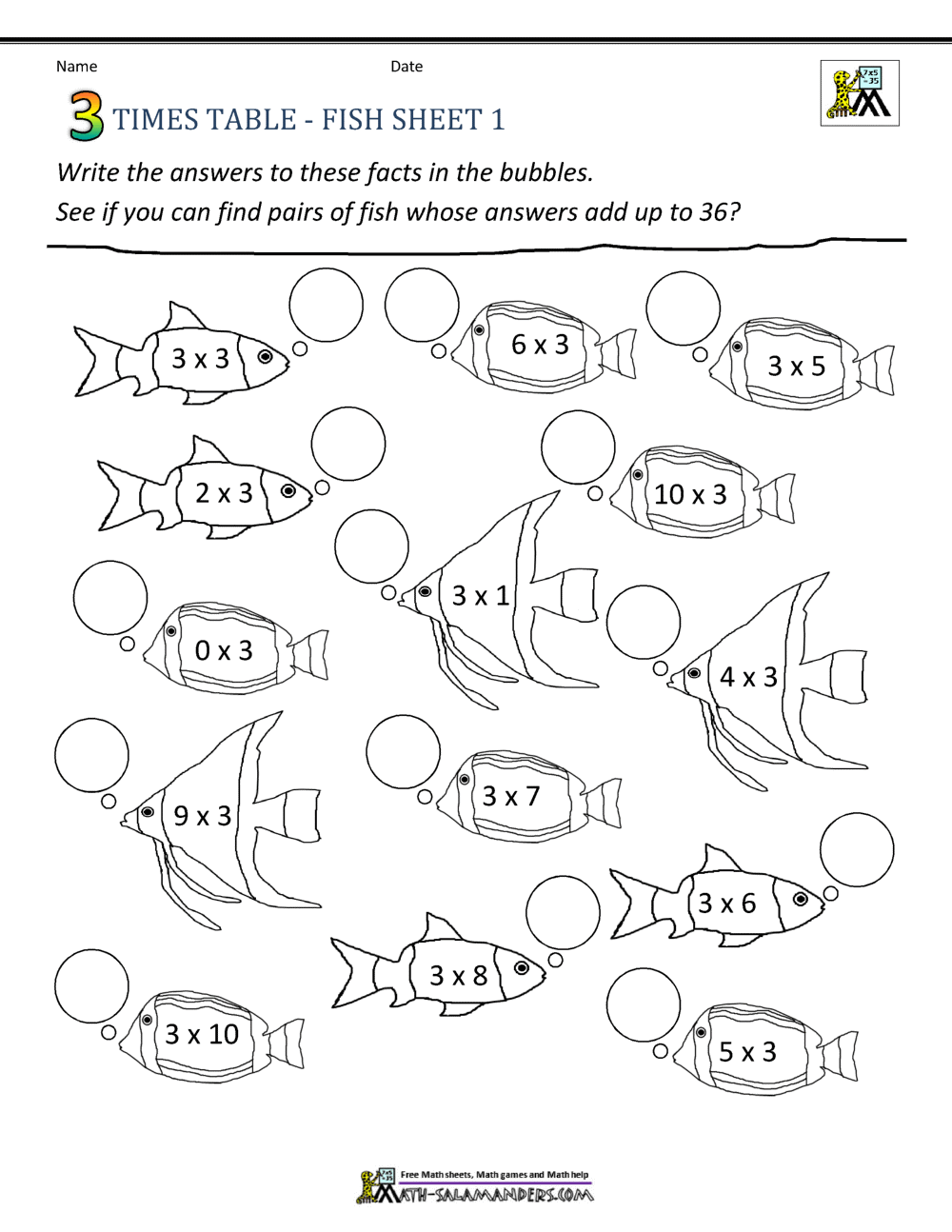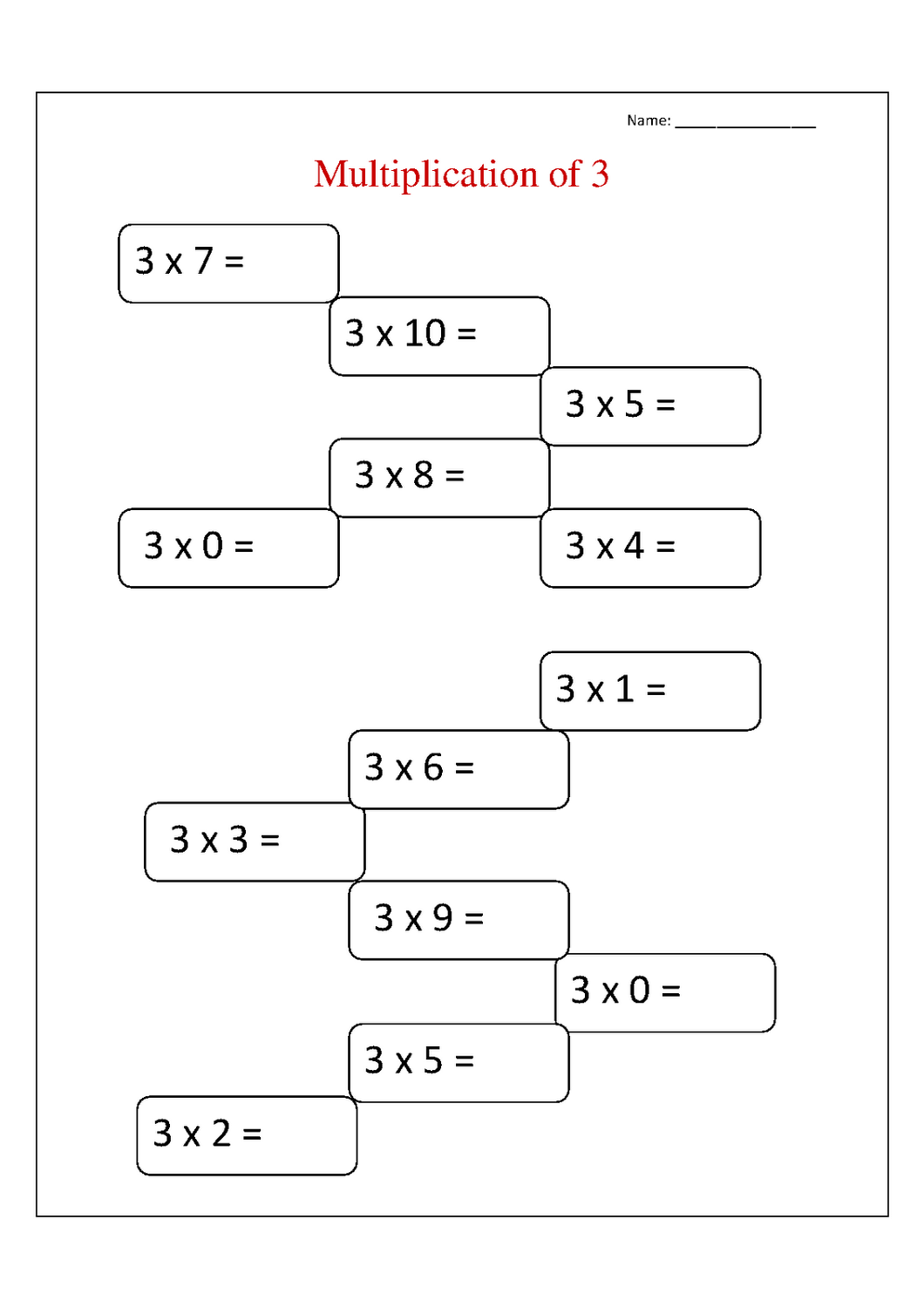
The table of three is used as a building block for other multiplication tables. For quick computations, use the three times table provided below. The three multiplication table aids in the comprehension of multiples patterns. It speeds up problem-solving by allowing you to work out the math in your brain. Long division and multiplication require the knowledge of the three times table. Let’s have a look below to understand 3 times tables up to 12: 3 x 1= 3


Products that are in the three, six and nine times tables share the same factors. Teaching point 5: Products in the nine times table are triple the products in the three times table.Facts from the nine times table can be used to solve multiplication and division problems with different structures. Adjacent multiples of nine have a difference of nine. Teaching point 4: Counting in multiples of nine can be represented by the nine times table.Teaching point 3: Products in the six times table are double the products in the three times table products in the three times table are half of the products in the six times table.Facts from the six times table can be used to solve multiplication and division problems with different structures. Adjacent multiples of six have a difference of six.

Teaching point 2: Counting in multiples of six can be represented by the six times table.Facts from the three times table can be used to solve multiplication and division problems with different structures. Adjacent multiples of three have a difference of three. Teaching point 1: Counting in multiples of three can be represented by the three times table.Build up the three/six/nine times table using different structures/interpretations of multiplication and division, solve problems related to these tables explore connections between the three, six and nine times tables.


 0 kommentar(er)
0 kommentar(er)
